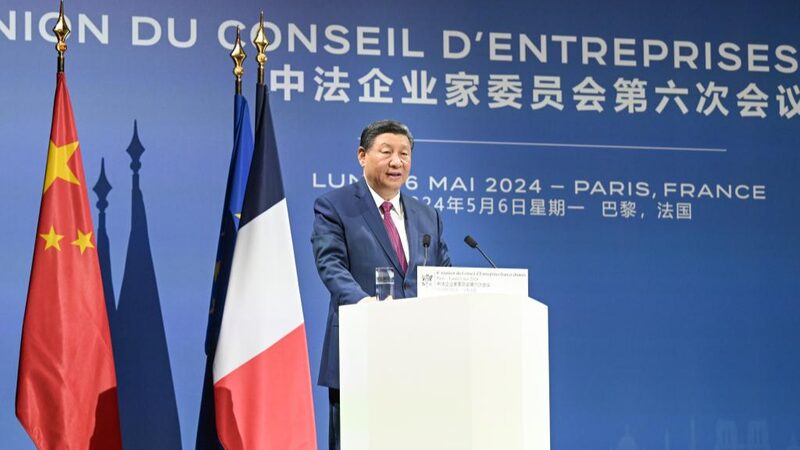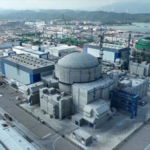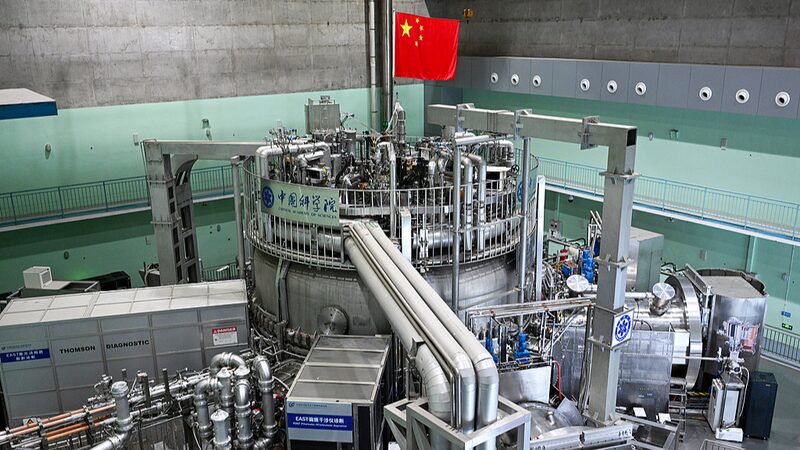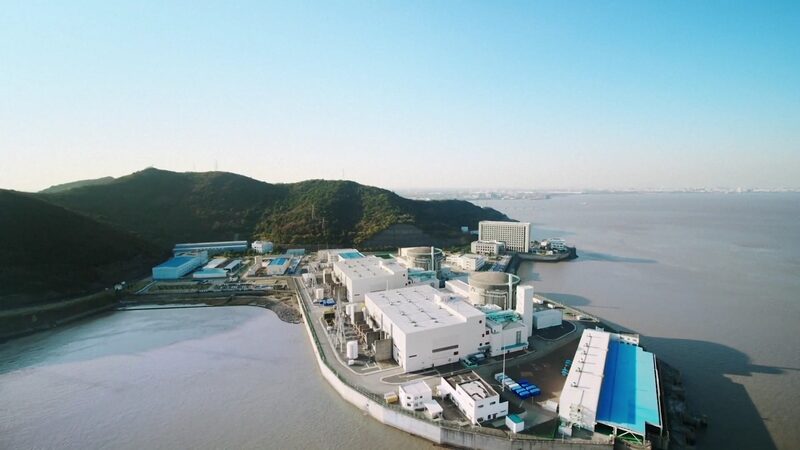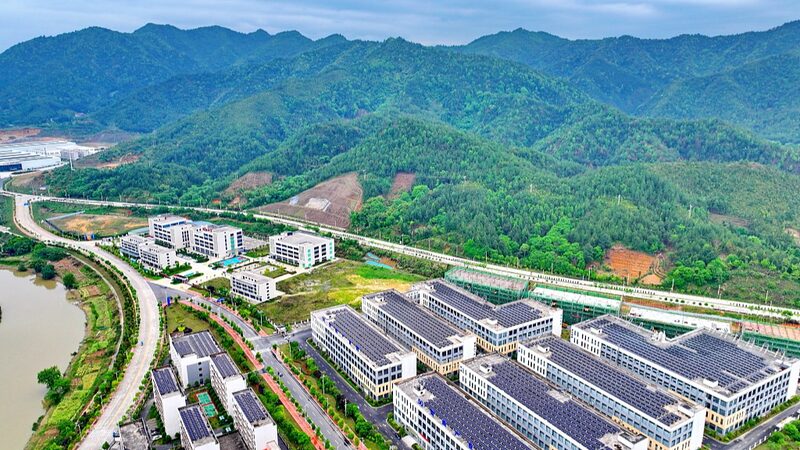China and France are illuminating the future of energy through their longstanding collaboration in nuclear power. A shining example of this partnership is their joint involvement in the International Thermonuclear Experimental Reactor (ITER) project, an ambitious endeavor to create an “artificial sun” capable of generating virtually unlimited clean energy for humanity.
Situated in southern France, the ITER project brings together seven members—China, the European Union, India, Japan, South Korea, Russia, and the United States—in a monumental effort to construct the world’s largest experimental tokamak nuclear fusion reactor. This international collaboration seeks to replicate the fusion processes of the sun, potentially providing a revolutionary energy source that is both sustainable and environmentally friendly.
The participation of China and France in the ITER project is more than a scientific pursuit; it reflects a deep-rooted partnership spanning over four decades in the nuclear power sector. Since the establishment of their nuclear cooperation, both nations have contributed significantly to advancements in nuclear technology, safety protocols, and energy policies.
The ITER project symbolizes a new chapter in China-France relations, highlighting their shared commitment to addressing global energy challenges. By pooling expertise and resources, both countries aim to push the boundaries of current technology and pave the way for a future powered by fusion energy.
As the world grapples with the need for sustainable and clean energy sources, the collaborative efforts of China and France in the ITER project stand as a beacon of international cooperation and innovation. Their partnership not only strengthens bilateral relations but also contributes to a global pursuit of energy solutions that could transform the way we power our lives.
Reference(s):
cgtn.com

